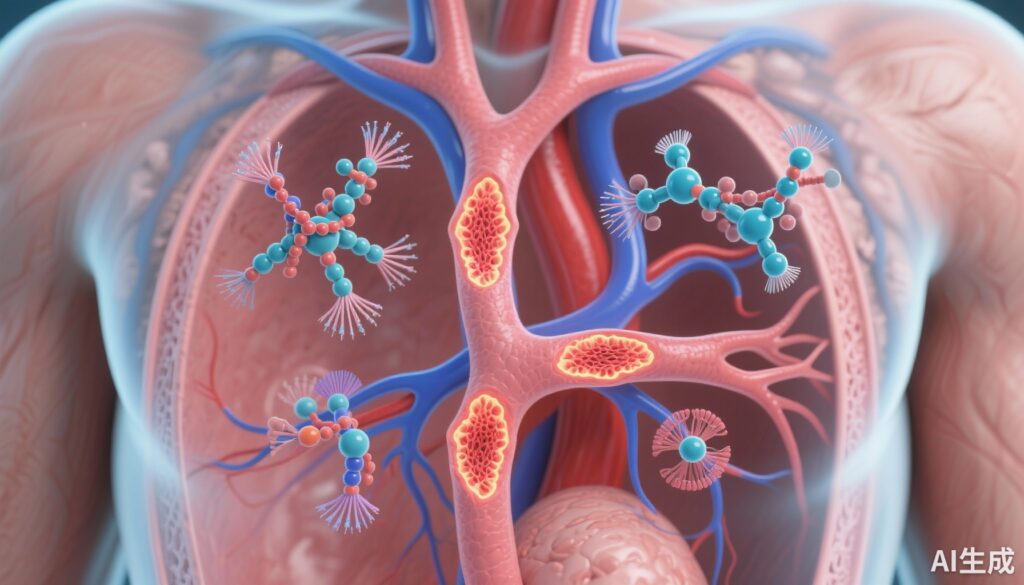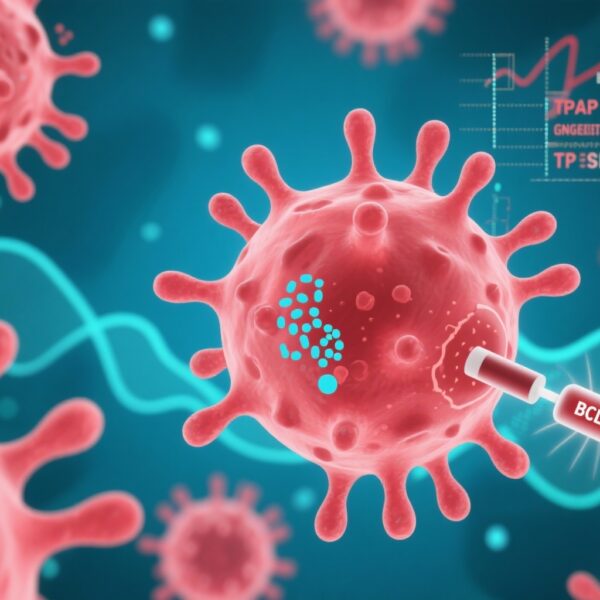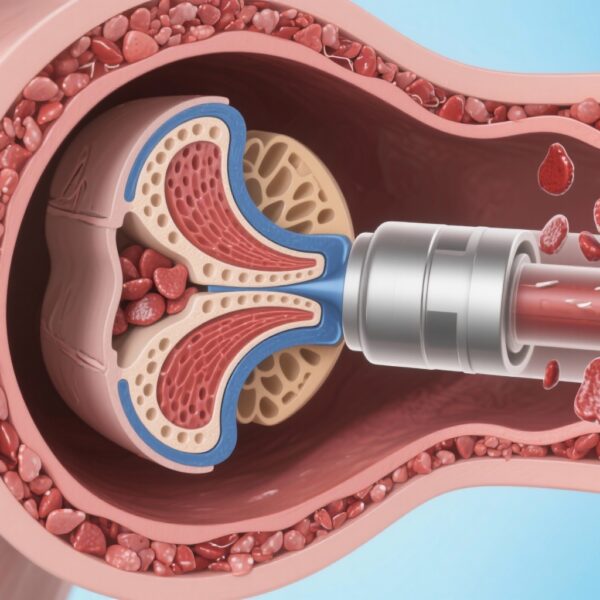Highlight
1. Novel heterozygous CDKL1 variants (p.Cys143Arg, p.Ser206Leu, p.Thr135Met) were identified in six patients across three families with thoracic aortic aneurysm and dissection (TAAD)-spectrum disorders.
2. CDKL1 encodes a cilia-associated protein kinase whose variants impair kinase activity, protein-protein interactions, and ciliary formation.
3. Functional assays in zebrafish models and heterologous cells demonstrated vascular malformations, defective cilia morphology, and disrupted signaling pathways (p38-MAPK, Vegf) caused by CDKL1 variants.
4. These findings establish primary cilia dysregulation as a novel mechanistic pathway underpinning TAAD pathogenesis.
Study background
Thoracic aortic aneurysm and dissection (TAAD) represent life-threatening cardiovascular conditions characterized by abnormal dilation and potential rupture or tearing of the aortic wall. Genetic predisposition plays a critical role in TAAD etiology; however, known genetic causes only account for approximately 30% of cases, indicating substantial unexplained molecular pathology. Given the vascular smooth muscle cell (VSMC) involvement in aortic wall integrity and emerging recognition of primary cilia function in vascular biology, investigating mutations involving cilia-related proteins offers potential new insights into TAAD pathogenesis.
Study design
This investigation employed exome and targeted gene panel sequencing in a cohort of 323 patients diagnosed with TAAD-spectrum disorders, aiming to uncover previously unreported pathogenic variants. Variants in the CDKL1 gene, encoding a cyclin-dependent kinase-like 1 protein implicated in ciliary function, were identified in six affected individuals from three distinct families. The functional consequences of these variants were examined by several complementary approaches: expression analysis of CDKL1 in human aortic tissue, gene knockdown and knockout experiments in zebrafish assessing vascular phenotypes, and in vitro molecular and cellular assays assessing kinase activity, protein interactions, cilia formation, and signaling pathway modulation.
Key findings
The study identified three heterozygous missense variants in CDKL1 (c.427T>C p.Cys143Arg, c.617C>T p.Ser206Leu, and c.404C>T p.Thr135Met) in patients with TAAD. Bioinformatic predictions suggested these variants impair CDKL1 kinase catalytic function or disrupt critical protein binding domains. CDKL1 protein was confirmed to be expressed in vascular smooth muscle cells within normal and diseased human aortic tissue, suggesting biologic relevance in vascular homeostasis.
Functional studies in zebrafish showed that both transient knockout and morpholino knockdown of cdkl1 led to malformations of the intersomitic vessels (ISV) and aortic dilation, recapitulating vascular phenotypes relevant to TAAD. Importantly, injection of wildtype human CDKL1 mRNA rescued these vascular abnormalities, whereas mRNAs encoding the p.Cys143Arg and p.Ser206Leu variants failed to do so, supporting a loss-of-function mechanism.
In vitro biochemical assays demonstrated all three CDKL1 variants significantly reduced kinase activity. Protein interactome profiling revealed altered binding affinity to key ciliary transport molecules, suggesting disruption of cilia-related protein complexes. Consistent with these data, expression of mutant CDKL1 in cultured cells impaired cilia formation, reduced cilia length, and aberrantly altered CDKL1 subcellular localization.
Moreover, cells expressing mutant CDKL1 demonstrated dysregulated signaling through p38-MAPK and vascular endothelial growth factor (Vegf) pathways, both crucial for vascular remodeling and homeostasis. These signaling disturbances could underpin structural aortic defects and vascular instability seen in TAAD.
Expert commentary
This comprehensive study advances our understanding of TAAD genetics by implicating CDKL1 variants as pathogenic contributors through cilia dysfunction. Primary cilia have emerged as key players in sensing and transducing vascular mechanical signals and regulating smooth muscle phenotype. The link between CDKL1 mutations and disrupted ciliogenesis expands the spectrum of genetic alterations underlying TAAD and introduces a novel mechanistic dimension involving ciliary biology.
These findings align with accumulating evidence implicating cilia-associated proteins in cardiovascular diseases, suggesting that ciliary maintenance and signaling integrity are critical for vascular wall resilience. The use of zebrafish models elegantly demonstrated the functional consequences of CDKL1 deficiency in vivo, and the rescue experiments strongly support causality.
However, the clinical penetrance and variability among affected families warrant further large-scale studies to delineate genotype-phenotype correlations. Functional assays mainly reflect cellular and developmental aspects; long-term vascular remodeling and hemodynamic stress implications remain to be clarified. Additionally, it will be important to explore potential therapeutic strategies aimed at restoring ciliary function or mitigating defective kinase signaling in this context.
Conclusion
This study establishes heterozygous CDKL1 variants as novel genetic factors predisposing to thoracic aortic aneurysm and dissection via disruption of ciliary formation and related signaling processes. These insights broaden the molecular understanding of TAAD beyond classical smooth muscle or extracellular matrix defects to include primary cilia dysfunction. Identifying CDKL1’s role opens new avenues for genetic diagnosis, risk stratification, and targeted therapeutic exploration in this devastating vascular disease. Future research should focus on validating these findings in larger cohorts and elucidating the full spectrum of cilia-dependent vascular regulation mechanisms impacting TAAD pathology.
Funding and ClinicalTrials.gov
The referenced study was conducted with institutional and governmental support as detailed in the original publication. No ongoing associated clinical trials are registered at the time of publication.
References
Nauth T, Philipp M, Renner S, et al. CDKL1 variants affecting ciliary formation predispose to thoracic aortic aneurysm and dissection. J Clin Invest. 2025 Oct 7:e186287. doi: 10.1172/JCI186287. Epub ahead of print. PMID: 41056017.
Additional relevant literature:
1. Ashrafi A, et al. Primary cilia and cardiovascular disease: Mechanistic insights and translational implications. Trends Cardiovasc Med. 2022;32(2):109-120.
2. Milewicz DM, et al. Genetic basis of thoracic aortic aneurysms and dissections: focus on smooth muscle contractile dysfunction. Clin Sci (Lond). 2022;136(9):757-770.
3. Libby P, et al. Inflammation and vascular disease mechanisms: Implications for treatment. J Am Coll Cardiol. 2023;81(2):120-132.



